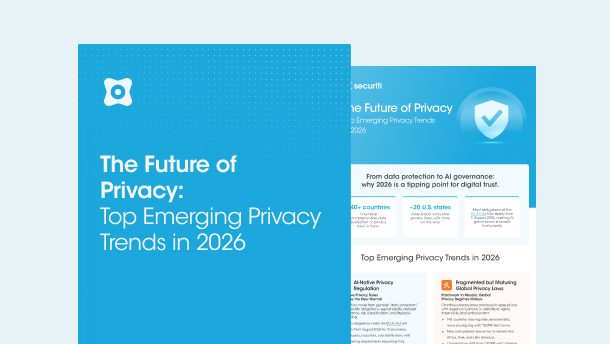Authentication refers to the process of validating or verifying the identity of a user, device, or entity who attempts to access a system or network. Authentication is typically done through credentials, biometrics, or other factors.
Why Does Authentication Matter?
Authentication is one of the core components of cybersecurity or information technology. The mechanism acts as the first line of defense against preventing threat actors from unauthorized access to sensitive resources or data. There are various reasons why authentication should matter to cybersecurity specialists. Let’s take a look at some of the most common reasons.
- Authentication is a key element of an access control system. With authentication, security teams ensure that only authorized personnel can access specific systems or resources of the organization, including sensitive data. As mentioned earlier, authentication prevents unauthorized access and thus protects the confidentiality and integrity of the data.
- Extending the same reason as discussed above, authentication protects sensitive data. It prevents any unauthorized personnel from accessing the data, manipulating or destroying it. Without robust authentication mechanisms, preventing the integrity or confidentiality of data from being exposed can be difficult.
- Authentication is important in ensuring accountability and building trust across the organization. Authentication helps security teams verify the identity of every user attempting to gain access to any sensitive resource. With robust authentication mechanisms in place, users must prove their identity before accessing sensitive data.
- Another important reason for implementing robust authentication mechanisms is to meet regulatory compliance requirements. Many data privacy laws and industry standards require strong authentication methods to protect data against unauthorized access, data loss, or destruction. Failure to comply results in legal, financial, and reputation consequences.
Types of Authentication Methods
Every authentication mechanism offers a distinct level of protection. Let’s take a look at some authentication methods followed most commonly by security professionals.
- Password is the most common type of authentication method. Here, the user enters a set of unique characters, including alphabets, numbers, or symbols, which match their account credentials. While the mechanism is very simple and easy to implement, it is vulnerable to many password-based cyberattacks.
- Biometric authentication is yet another method that can be used for authenticating users. It uses unique biological characteristics, such as the iris scan of an individual, fingerprints, or facial recognition, to provide access. Since every individual has distinct biometric characteristics, it is difficult and nearly impossible to forge biometric access.
- Tokenization is another great practice for authenticating authorized individuals. In this approach, an individual carries temporary tokens, such as a one-time password, or a physical token, like a smart card, to gain access to a system or resource.
- Two-factor authentication, or 2FA, is an effective authentication mechanism that leverages a user’s knowledge or possession for authorization, such as a password or a mobile device. 2FA protects users’ systems, resources, accounts, or data.
- Multi-factor authentication is the enhanced version of 2FA, adding an extra layer on top of 2FA.
Multi-Factor Authentication (MFA) and Its Role in Security
Due to the growing cybersecurity concerns, security teams increasingly opt for multi-factor authentication mechanisms for data protection. The primary responsibility of this mechanism is to enhance security by applying multiple authentication factors, such as passwords, devices, PINs, SMS, etc. The mechanism further provides many other benefits, such as:
- The mechanism significantly reduces the risk of unauthorized access to systems, resources, or sensitive data. After all, to gain access to sensitive resources, the attacker has to compromise not just one but multiple authentication methods, which is fairly difficult.
- MFA also reduces the dependency on passwords. Passwords are the most vulnerable types of authentication mechanisms since there are many ways to crack them. However, using passwords in combination with other authentication factors, users can enhance their access control. After all, even if a password is compromised, the data would remain secure due to other mechanisms.
- Multi-factor authentication is also great for improving the user experience. Using different combinations of authentication that are fairly easy to implement and use is better than remembering and using complex passwords. Instead, users can use multiple factors like PINs, device login, or SMSs to access accounts.
Best Practices for Secure Authentication
Organizations can consider the following best practices to enhance their authentication mechanisms.
- Since passwords are commonly combined with other authentication factors, it is important to create complex passwords. Security teams must create strict password creation policies encouraging users to use highly complex passwords involving special characters, symbols, capitalized letters, etc. Security teams should further encourage employees to update their passwords sporadically, which should be part of the policy.
- Organizations should strive for multi-factor authentication instead of two to enhance user authentication security.
- Security teams should also monitor regulatory authentication logs to detect suspicious activities and prevent security risks.





































